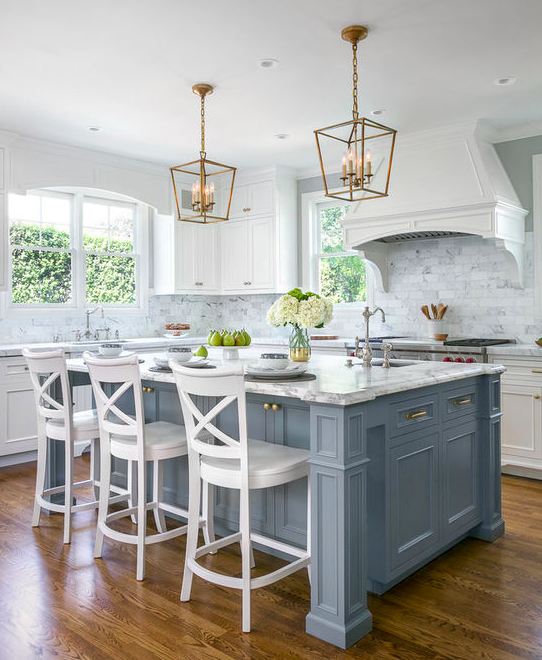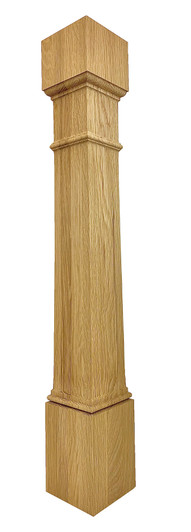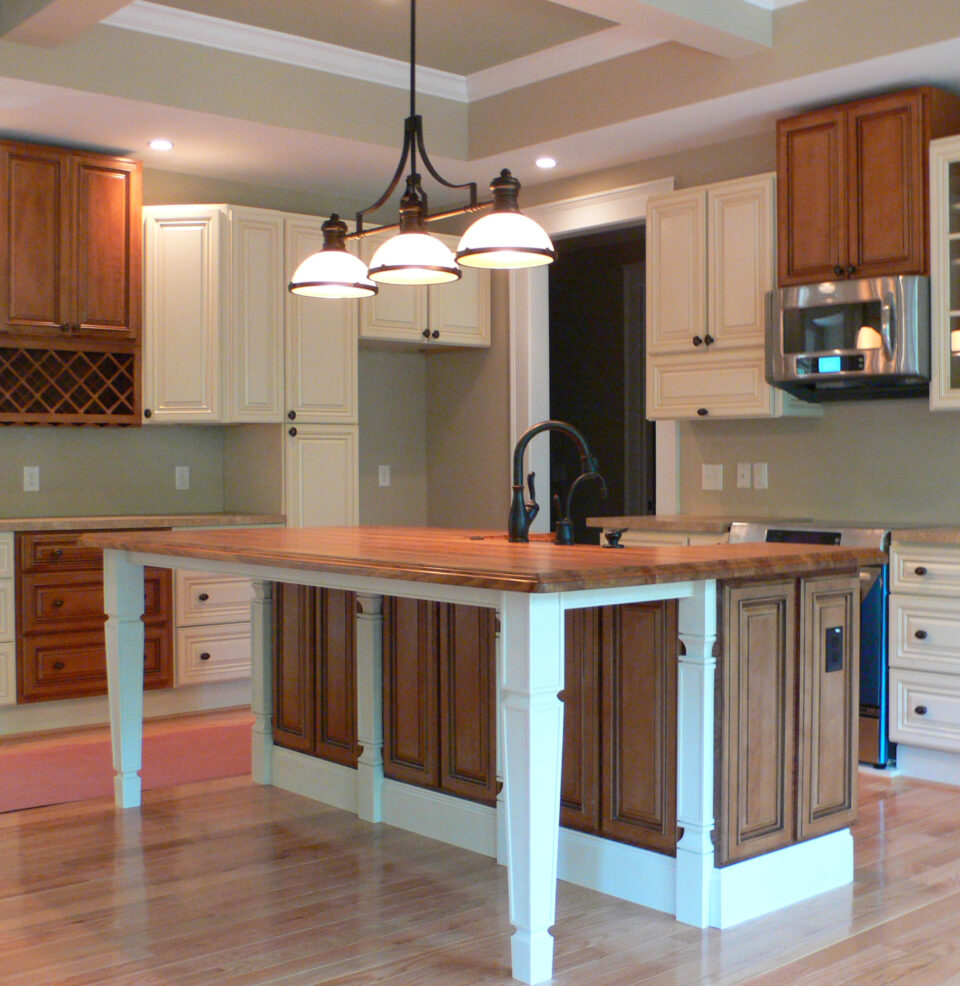Exactly how to Incorporate a Kitchen Island Leg right into Your Kitchen Remodel
Exactly how to Incorporate a Kitchen Island Leg right into Your Kitchen Remodel
Blog Article
Top Factors To Consider When Choosing a Kitchen Island Leg for Modern Cooking Area Insides
In the realm of modern-day kitchen area insides, the selection of a kitchen area island leg is essential, affecting both visual appeals and capability. Key factors to consider include the choice of products that balance with contemporary design, in addition to the leg's stability and support to make certain enduring efficiency. Furthermore, elevation and proportions have to be attentively evaluated to keep a cohesive appearance. As these components intertwine, they increase better inquiries concerning how to accomplish the excellent equilibrium between design and usefulness, leaving one to ponder the ramifications of each choice on the total cooking area experience.
Material Selections
When it comes to choosing a kitchen island leg, product choices play a vital function in both aesthetics and performance. kitchen island leg. One of the most usual products include timber, steel, and composite alternatives, each offering unique advantages and prospective downsides
Wood is favored for its warmth and classic appeal, supplying an ageless look that enhances different kitchen styles. It is very functional, enabling customization in regards to shades and finishes. Timber might require even more upkeep to avoid bending or damage from moisture.
Steel, on the other hand, brings a modern and industrial style to kitchen area islands. Stainless-steel and wrought iron are preferred choices, understood for their durability and resistance to put on. They can stand up to the rigors of everyday use but might lack the warmth related to timber.
Composite products, such as engineered wood or synthetic blends, provide an equilibrium between cost, longevity, and appearances. These choices are often created to mimic the look of natural materials while offering resistance to spills and scrapes.
Inevitably, the choice of material should line up with the general kitchen area design and meant use, ensuring that the kitchen area island leg is both useful and visually appealing.
Style and Style
The style and design of a kitchen island leg dramatically add to the total aesthetic of the room, enhancing the picked product. When picking the leg layout, consider the architectural design of the kitchen. As an example, sleek, minimalist legs made from stainless steel or acrylic harmonize with modern styles, while ornate, turned timber legs boost standard or farmhouse aesthetics.
Additionally, the finish of the leg can affect the aesthetic influence; a sleek chrome or matte black surface might evoke contemporary style, while distressed wood talks to rustic charm. The leg's shape additionally plays an important duty-- straight, angular kinds share an even more industrial feel, whereas rounded or tapered legs present a softer, much more inviting look.
Integrating decorative components, such as decorations or carvings, can include individuality and character to the kitchen area island, further improving its function as a prime focus. Inevitably, the selected leg design need to not just align with the general cooking area style however also mirror the homeowner's individual taste, guaranteeing that the cooking area island comes to be a practical and harmonious focal point within the contemporary kitchen inside.
Elevation and Percentages
Attaining the ideal height and percentages for a kitchen area island leg is vital for both functionality and appearances. Kitchen area islands normally range in height from 28 to 36 inches, depending on their intended use-- whether as a food preparation surface, eating area, or work space. Standard counter top elevation is about 36 inches, making it vital that the legs you pick enhance this height to supply a seamless, integrated appearance.
Percentages likewise play an important role in the aesthetic equilibrium of the cooking area. A slim leg might be proper for a minimalistic or modern island, while a more substantial leg may be needed for rustic or standard designs.
When selecting the elevation and percentages of the kitchen island my sources leg, remember the total design theme of your kitchen. This focus to information not only improves the functionality of the area however likewise contributes to a cohesive and aesthetically attractive interior decoration.
Stability and Assistance
Constantly guaranteeing security and assistance in cooking area island legs is essential for both safety and capability. A sound cooking area island need to withstand day-to-day usage, consisting of weight from devices, cooking, and social gatherings. For that reason, the option of legs need to focus on robust products and layouts that can offer sufficient assistance.
When examining security, consider the leg's product-- steel, wood, or light weight aluminum often use remarkable stamina compared to lighter alternatives. Additionally, the design ought to include a broad base to distribute weight evenly and decrease the threat of tipping or tottering. For instance, legs made with an A-frame or cross-bracing can considerably enhance stability.

Incorporating these factors to consider will not just boost the general security of the kitchen area however likewise enhance the durability and performance of the kitchen area island, making it a beneficial centerpiece in modern cooking area interiors.
Ending Up Touches
When it pertains to finishing a cooking area island, thoughtful finishing touches can dramatically improve both its visual appeal and functionality. Choosing the right leg design is vital, however complementing it with suitable information can transform the whole area. Take into consideration adding ornamental elements such as toe kicks or walls that match the cabinetry or floor covering to develop a smooth look.

Finally, the option of finishes plays a pivotal role in linking the design together. Whether choosing for a matte, shiny, or textured surface, ensure that it straightens with the total motif of your kitchen. A natural color combination and material choice will certainly raise the kitchen island, making it a captivating prime focus. By paying interest to these ending up touches, homeowners can develop a kitchen island that is both gorgeous and useful, dealing her explanation with their lifestyle and style choices.
Final Thought

In the realm of modern-day kitchen interiors, the choice of a kitchen island leg is pivotal, influencing both visual appeals and capability.The style and layout of a kitchen area island leg dramatically add to the overall visual of the space, complementing the picked product.Accomplishing the appropriate height and percentages for a kitchen area island leg is essential for both functionality and aesthetics.Constantly making certain security and support in cooking area island legs is essential for both safety and performance.In recap, choosing a cooking area island leg for modern interiors requires mindful consideration of material selections, layout style, height, percentages, and stability.
Report this page